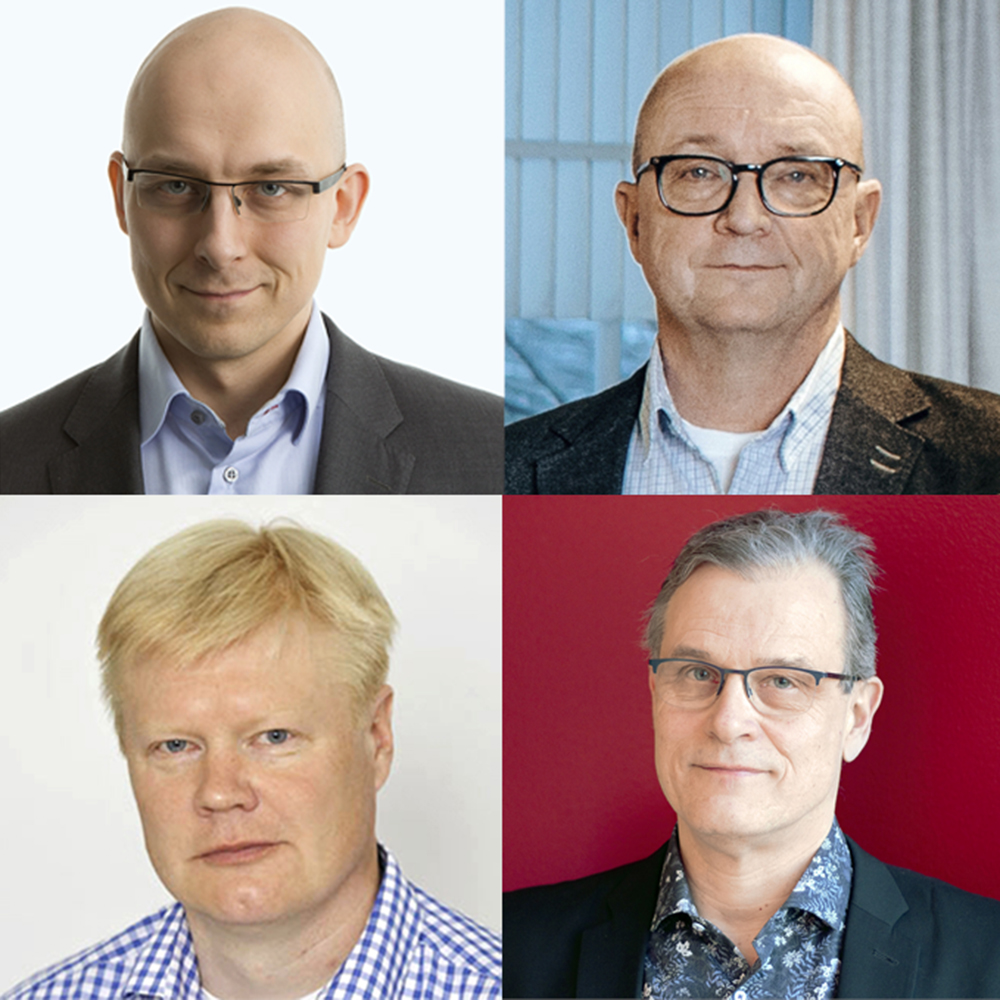
Customers’ awareness of the requirements of the EU network code has increased substantially over the last six months, as the actions required by the network code have been discussed by various working groups,” says Heikki Paananen, Unit Manager, Operations, at Elenia, who also chaired Fingrid’s Operations Committee until the end of 2019.
Pekka Pollari, Hydro Power Manager at UPM Energy, highlights the fact that the guidelines for the network code requirements must be as clear and detailed as possible so that everyone can take the right action at the right time.
“Customers are approaching this issue from very different perspectives. The network code calls for investments, so long-term planning is required. If changes are made in great haste, it may double the eventual investment,” Pollari says.
UPM is already able to meet the network code requirements with its current measures.
“The 24-hour operability requirement is a step in the right direction. UPM’s control centre in Tampere will coordinate the implementation of network restoration actions and the associated 24-hour requirement with Fingrid and customers,” Pollari says.
Smarter load shedding system increases flexibility
Elenia’s Heikki Paananen explains how his company has planned and advanced matters on three levels.
“We have actively followed Fingrid’s guidelines and acted accordingly. We have already ensured that our telecoms have 24-hour fault tolerance for the reserve connection, and the main connection is now being planned. At the same time, we are working on upgrading the substations within the scope of the network code so that they meet the requirements. As regards the load shedding system, we have been cooperating with Fingrid and intend to implement our plans next year,” Paananen says.
According to Jari Siltala, Fingrid’s Control Centre Manager, the new under-frequency load shedding system is better than the current solution at addressing the future challenges of decentralised power generation when under-frequency protection is moved from the main grid onto distribution networks and electricity consumption sites.
“The modernised load shedding system offers a more flexible and sensible approach to disconnecting consumption and generation. The impacts of disturbances can be minimised more effectively. The system also places more responsibility on the distribution network operators,” Siltala says.
Network code coordinates and harmonises practices
The Network Code for Emergency and Restoration (NC ER) specifies the common requirements and goals for handling emergencies, major disturbances and restorations in the power system. The network code seeks to coordinate and harmonise the operation of the power system in the event of an emergency, major disturbance or restoration between different parties throughout the EU and with third countries.
The NC ER obliges all European transmission system operators to prepare two plans: a system defence plan and a restoration plan. The significant parties and substations needed to implement these plans must also be designated.
“Fingrid is obliged to provide the Energy Authority with a list of the significant parties to whom the network code applies. We are currently developing a smart process for keeping the list up-to-date. This will ensure that in the future, we can immediately incorporate entities such as new wind farms into the system,” Siltala says.
Four obligations for operators connected to the main grid
The network code obliges the transmission system operator Fingrid to take preparatory measures, as well as the distribution network operators that Fingrid has designated as significant in terms of the system defence and restoration plan. The network code also places obligations on electricity producers and consumers.
Parties who are designated as significant to the restoration plan are required firstly to meet the 24-hour operability requirements related to critical tools and premises, including the control centre.
Secondly, they must ensure the operability of substations designated as significant.
The third duty is to ensure that the operation control system and the other systems essential for its operations continue to function, including data communication.
The fourth obligation is to arrange voice communication with Fingrid in such a way that phone calls can be prioritised in the event of an emergency or major accident.






